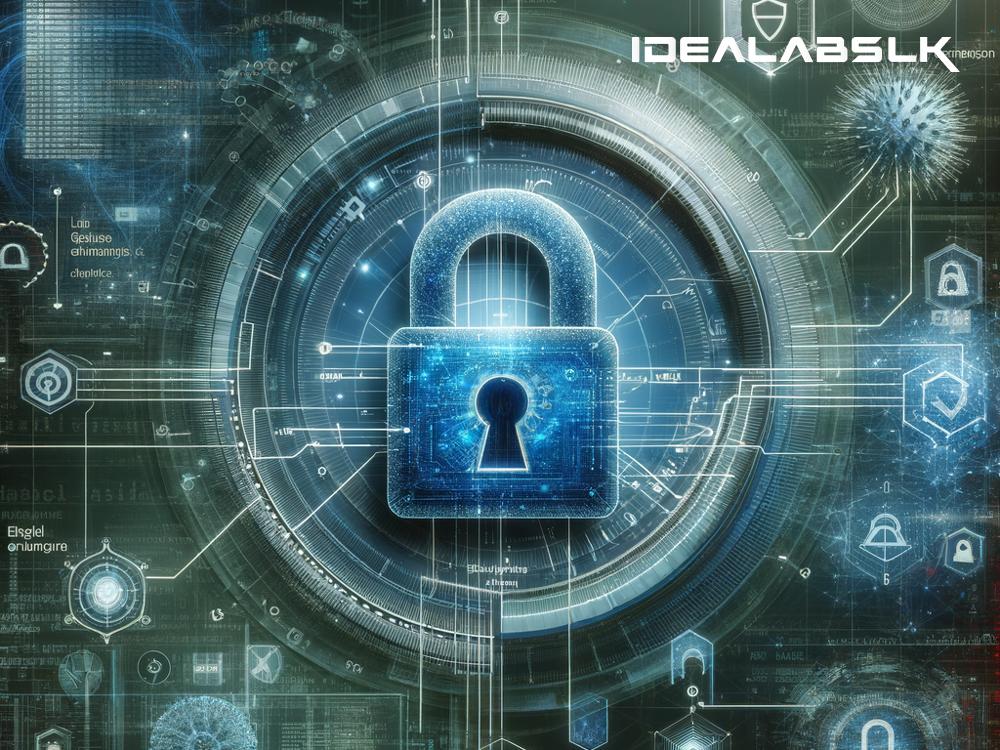The Journey of Encryption Protocols: Making Our Digital World Secure
In our daily lives, we use the internet for everything from chatting with friends to banking. But have you ever wondered how your information stays safe from bad actors lurking in the digital shadows? This is where encryption protocols come into play, acting as superheroes of the digital age. Let's embark on a journey to understand the development of these protocols in simple English.
The Early Days
The story begins thousands of years ago, long before computers or the internet were even a flicker in humanity's imagination. Ancient civilizations, like the Egyptians and the Romans, used simple encryption methods to protect messages. For example, Julius Caesar used a method now known as the Caesar cipher, where each letter in his messages was shifted three places down the alphabet. While incredibly basic by today's standards, this was one of the early steps in the development of encryption.
The Enigma and World War II
Fast forward to the 20th century, and encryption took a monumental leap during World War II with the German Enigma machine. This device looked like a typewriter but was capable of encrypting messages in a way that was thought to be unbreakable at the time. However, thanks to the brilliance of mathematicians like Alan Turing, the Allies were able to crack the Enigma code, which played a crucial role in ending the war. The battle of wits and mathematics around the Enigma machine demonstrated the importance of encryption and code-breaking in modern warfare and espionage.
The Digital Age Dawns
With the advent of computers and the internet, the landscape of encryption changed dramatically. While early computers used simple encryption methods similar to those of the past, the digital age demanded something much more powerful. Enter the era of digital encryption protocols.
One of the first significant steps in this era was the development of the Data Encryption Standard (DES) in the 1970s. Sponsored by the US government, DES was a breakthrough because it offered a way to securely encrypt electronic data. However, as computers became more powerful, DES's limitations became apparent, leading to its replacement by the Advanced Encryption Standard (AES) in the early 2000s. AES is still widely used today, securing everything from emails to bank transactions with its robust algorithm.
The Internet and Encryption
As the internet grew, so did the need for secure communication over this new, open network. This is where SSL (Secure Sockets Layer) and its successor, TLS (Transport Layer Security), come into play. Imagine SSL/TLS as a secure tunnel through which your data travels across the internet, protected from prying eyes.
Introduced in the mid-90s, SSL was revolutionary. It allowed for secure communication between web browsers and servers, making it safe to shop, bank, and share online. Today, TLS has taken the baton from SSL, providing even stronger security measures for our internet activities.
The Future of Encryption
The journey of encryption protocols is ongoing. As technology evolves, so do the methods used by those with malicious intent, pushing the development of even more sophisticated encryption methods. Quantum computing, for example, poses a potential threat to current encryption standards because its power could theoretically break them. This has led to the exploration of quantum encryption and post-quantum cryptography, aiming to secure our digital world against future threats.
Simplicity in Complexity
At its heart, the development of encryption protocols is a story of innovation driven by the need to protect information. From ancient ciphers to quantum cryptography, the goal has remained the same: secure communication. As we continue to share more of our lives digitally, the importance of encryption and the brilliant minds that develop these protocols cannot be understated.
In the simplest terms, encryption is the shield that guards our digital lives, evolving continuously to meet the challenges of a rapidly changing technological landscape. As we look to the future, one thing is certain: the development of encryption protocols will remain a cornerstone in the pursuit of a secure digital world.

